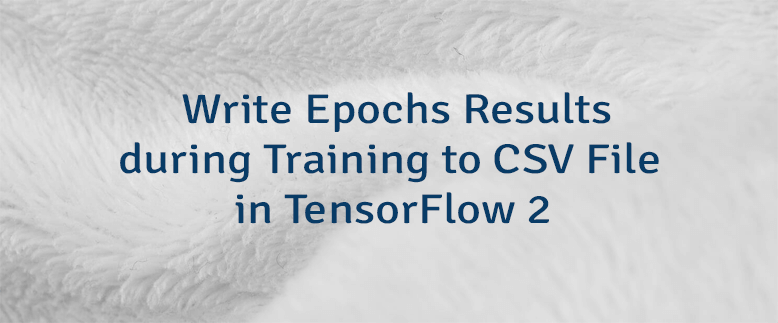TensorFlow 2 provides the CSVLogger callback which allows writing epochs results during training to a CSV file. After that, the file can be opened and results can be interpreted by our desired tools.
We create a model that solves a simple linear regression problem. An instance of CSVLogger are passed to the fit method as callbacks argument.
from tensorflow import keras
import numpy as np
xs = np.array([-2.0, -1.0, 0.0, 1.0, 2.0, 3.0, 4.0], dtype=float)
ys = np.array([-3.0, -1.0, 1.0, 3.0, 5.0, 7.0, 9.0], dtype=float)
model = keras.Sequential([
keras.Input(shape=(1,)),
keras.layers.Dense(units=1)
])
model.compile(optimizer='sgd', loss='mean_squared_error')
csvLogger = keras.callbacks.CSVLogger('training.log')
model.fit(xs, ys, epochs=100, callbacks=[csvLogger])The CSV file contains loss values for each epoch.
epoch,loss
0,43.32571029663086
1,34.74224853515625
2,27.86192512512207
3,22.346723556518555
4,17.925708770751953
..........
98,0.004555319901555777
99,0.00441718939691782



Leave a Comment
Cancel reply